Altitude Hiking with Children
“Mum, my nose is bleeding!” I hear my daughter shouting for me behind, and when I turn around, her entire face is covered in blood. For a second I see panic in her eyes when she looks at her red hands, but very quickly she calms down after I start helping her to clean up. After a couple of minutes our guide turns the corner and walks towards us. “Why are you not keeping up?” she asks before she takes a look at Miriam and her bloody face.
We are hiking the Santa Cruz Trek in northern Peru, a beautiful hike through the Cordillera Blanca of the Andes. But it goes up high, the highest pass is actually at 4850 m, and Miriam is only seven years old. And nose bleeding can be one of the signs of altitude sickness.
Altitude hiking with children
Taking kids up to high altitudes is something many parents feel very insecure about because of the risk for their children to develop altitude sickness. Altitude sickness is a collective term that encompasses three different expressions: Acute mountain sickness (AMS), High Altitude pulmonary edema (HAPE) and High Altitude cerebral edema (HACE). HAPE and HACE develop as a consequence of untreated AMS and can end fatal. Symptoms of AMS are headache, anorexia, nausea and vomiting, fatigue, weakness, dizziness, lightheadedness and sleeping disorder. They can manifest in different ways and expressions though, which makes it all the more difficult to always be aware of.
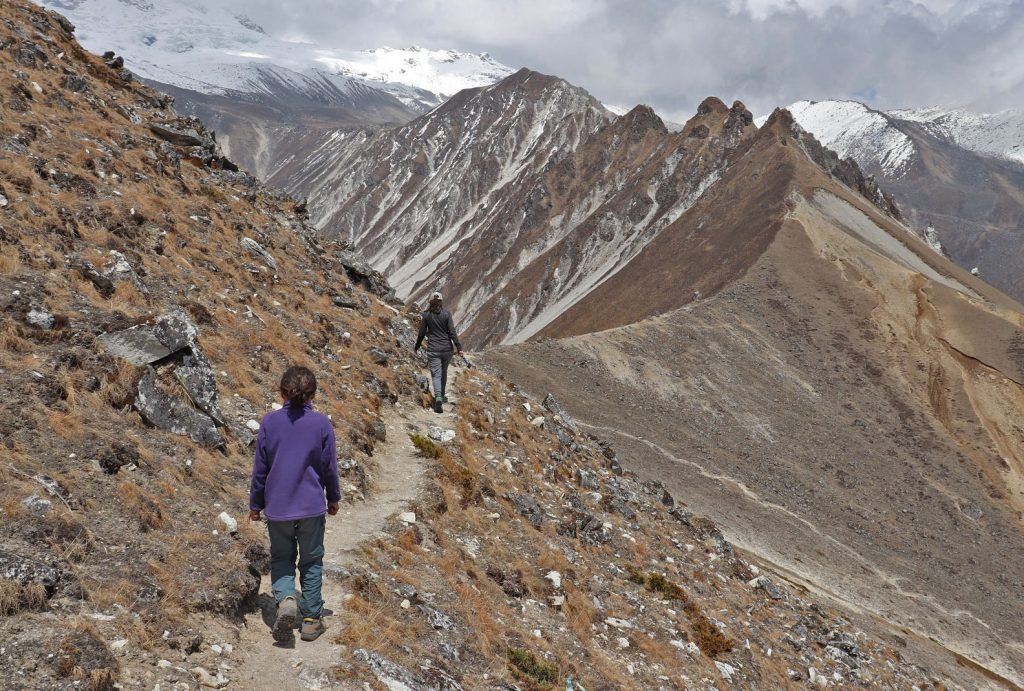
There is no data available that suggests that children are more or less prone to altitude sickness than adults. Some studies suggest that children are quicker to acclimatize to the altitude, but more research is needed to actually confirm this. So, what should parents think about before climbing high with their offspring?
The most important thing to consider when you go high
The most important thing to consider is that altitude sickness is something that can hit anybody at any time at high altitudes, no matter the age. No amount of training or preparation can save people from getting it, and while being in shape helps to get through a hike, it does not necessarily prevent altitude sickness. No parent should thus go alone with their children to high altitudes, as they equally might get hit by AMS and need help from another adult.
There is no actual recommendation as to how high kids can go at what age. I personally have taken my daughter up to 5000 m at the age of 7, but it was in a very developed area and only for a very short time. One also has to consider that 4500 in the Alps means a totally different environment than 4500 m in the Andes, where the temperatures are still much higher at that level. One thing that studies indicate seems to have influence is prior diseases. Children that have just overcome respiratory diseases seem to be more prone to altitude sickness, and altitude can make preexisting conditions worse.
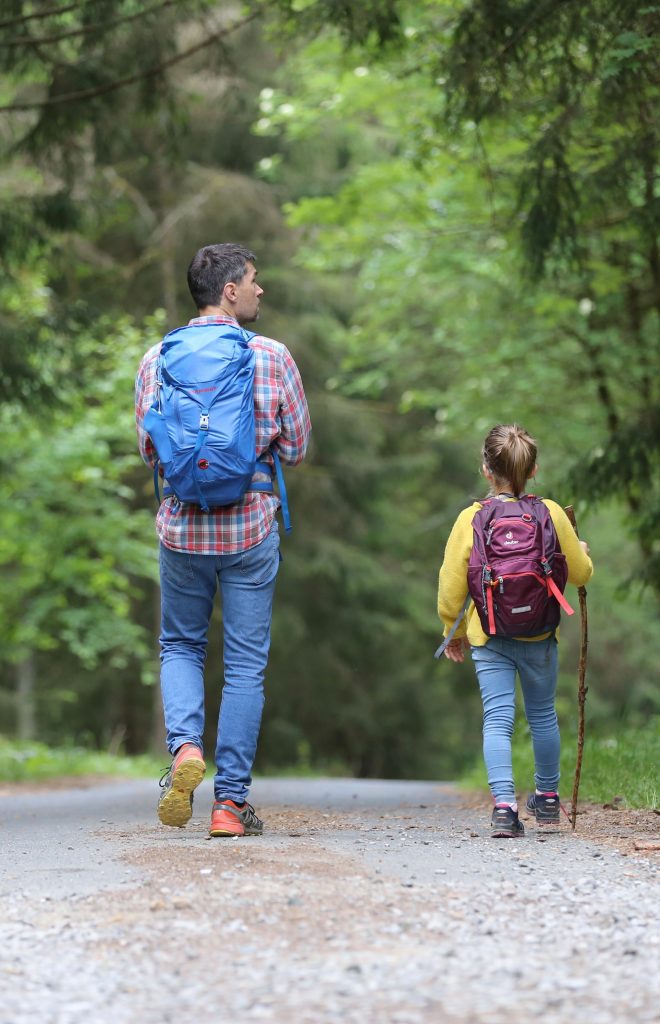
Raj Gyawali, a trekking guide and the owner of the trekking company Social Tours in Nepal has taken kids under the age of 12 up to around 4000 m in the Himalayas.
His advice for parents: “The key is that you have to understand the child and know how their reactions are when they are well and unwell. Some are quiet, some cry, some are restless. So, the key here is to understand and then one can gauge the reactions to altitude. Before a trek, speak to the child about altitude. Give them a good briefing and ask them to immediately talk about symptoms, and to listen to their bodies. So, while preparatory hikes do not necessarily help to prevent altitude sickness, they definitely help as the parents will know how their kids react to exhaustion and heavy exercise under normal circumstances. This is even more important for nonverbal kids or children who are not able to express symptoms they are experiencing very specifically.”
On altitude hikes with kids, hypothermia often is the bigger threat
On an altitude hike with children, one has to consider that children are much more prone to hypothermia than adults. Especially when they get carried, they can cool out very quickly. Crystal Blue, mother of a nine-year-old daughter and owner of the adventure tour company Enlightened Globetrekker Adventures also stresses the importance of gear: “When my daughter and I know we will be ascending to a certain height or when we go there on a tour, I always make sure the kids have enough clothes to keep them warm in any circumstances. We follow the onion principle – different layers they can take on and off with changing weather. Also, sunscreen is super important at altitudes, as the sun is much stronger up there.”
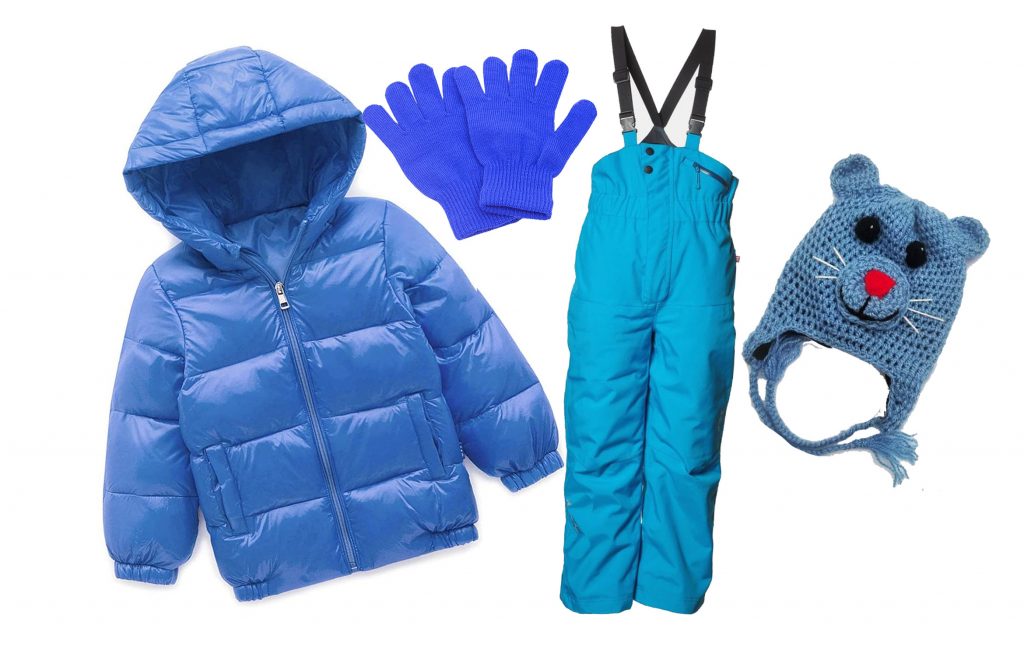
While choosing the destination, one should also consider the option of turning back or aborting the trek in case of anyone developing altitude sickness. A very remote trek might not be ideal to start, as it can get very difficult to get out or to access medical services from there. Gyawali gives parents another tip: “Always try reaching a destination altitude by lunch time, so you can see the reaction to altitude till late afternoon, just in case you need to go down.” Another thing that can help is to climb high during the day, but sleep at a lower altitude to give the body more time to adjust. And most importantly: always be prepared to end a trek early if in doubt about anyone in the group developing symptoms, to steer on the safe side of things.
The importance of acclimatization
To make acclimatization easier, for children as for adults equally, it is important do ascent slowly and to not cover to many altitude meters in one day. The Center for Disease Control and Prevention recommends to not move the sleeping altitude more than 500m in a day once above 2.750 m and to take a rest day every 1000 altitude meters. Furthermore, one should not do too much exercise in the first 48 hours, so kids should be encouraged to play cards instead of tag. If a very abrupt ascent is unavoidable, there is the possibility to use preventive medication, but this should only be done in accordance with a doctor.
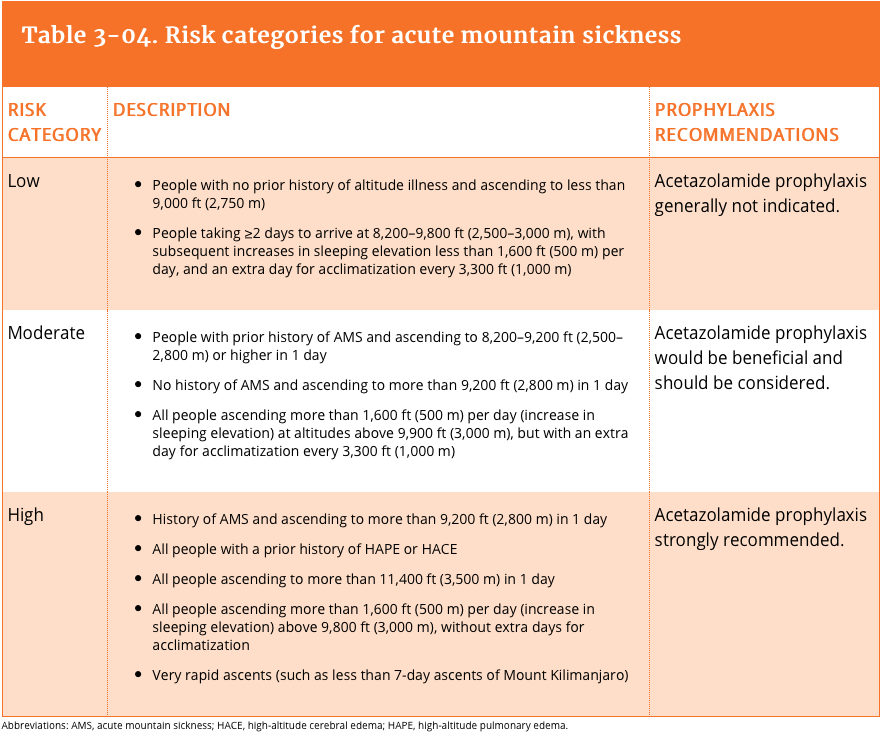
Staying hydrated is equally important, so parents have to make sure that children drink enough water. As kids don´t always really control how much they drink, Crystal Blue shared another trick: “I always tell the kids in the group to check the color of their urine. If it’s too dark, they have to drink more immediately.”
Stuart Norman and his wife from the website Normans Running Wild did the Everest Base Camp Trek with their eleven-year-old daughter and have similar experiences. “The altitude and proper acclimatization were the most important things to consider. And that we had the right gear with us to keep safe and warm. We also think that diet is important while trekking to altitude along with keeping hydrated and anything else we can do naturally. I have experience with altitude and climbing to high altitude so it’s something I don’t take lightly and a proper plan of acclimatization is a must, as is an open and flexible attitude.” The family reached the Everest Base Camp at 5.364 m and Norman says his daughter was an inspiration for all on the trail.
On our hike in Peru, we actually decided to push through and finish our hike. After a long discussion, the guide and I together decided to let my daughter continue and climb higher. She has a long history of bleeding noses and it was probably only the dry air causing it, not the altitude. She was fine otherwise; no headache, no feeling unwell, or any other symptoms, and had been on plenty of hikes with her before. In the end, doing this trek was one of the best experiences we had together, but I will never forget that moment when I wasn’t sure if Miriam was developing altitude sickness.
The Ciwec Travel Medicine Hospital in Nepal has several decades of experience in dealing with altitude related health problems. When hiking with kids at altitude they recommend to specifically look out for the following symptoms:
Sidebar: Early signs of altitude sickness
- headache
- nausea
- tiredness
- loss of appetite
- disturbed sleep
- vomiting and drowsiness
- excessive sleepiness
- “fussiness” or sleeplessness
- reduced appetite,
- a “cranky” or clingy child
In general, parents should look out for any untypical minor behavior changes and be aware that altitude sickness manifests in different ways in different people.
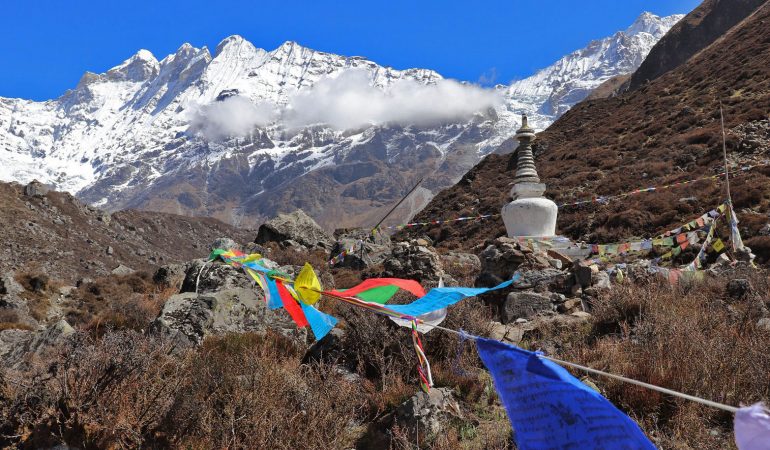
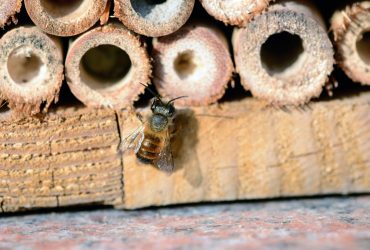
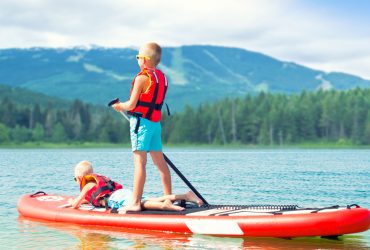
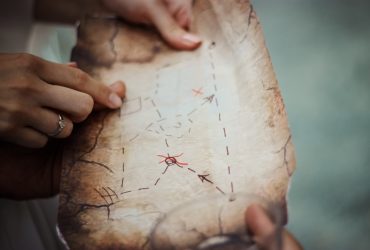
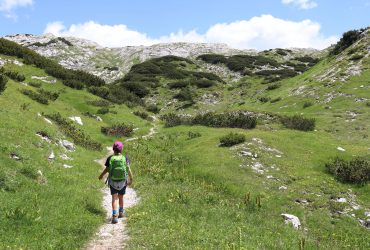
I always wanted to take my kids for a mountain climb- not to the top just close enough to feel the chill and the beauty it beholds- but I never got up my courage. Now they are big enough to travel on their own I enjoyed your tips though.
I know it can be scary, but I hope you will still go – even if its without the kids!